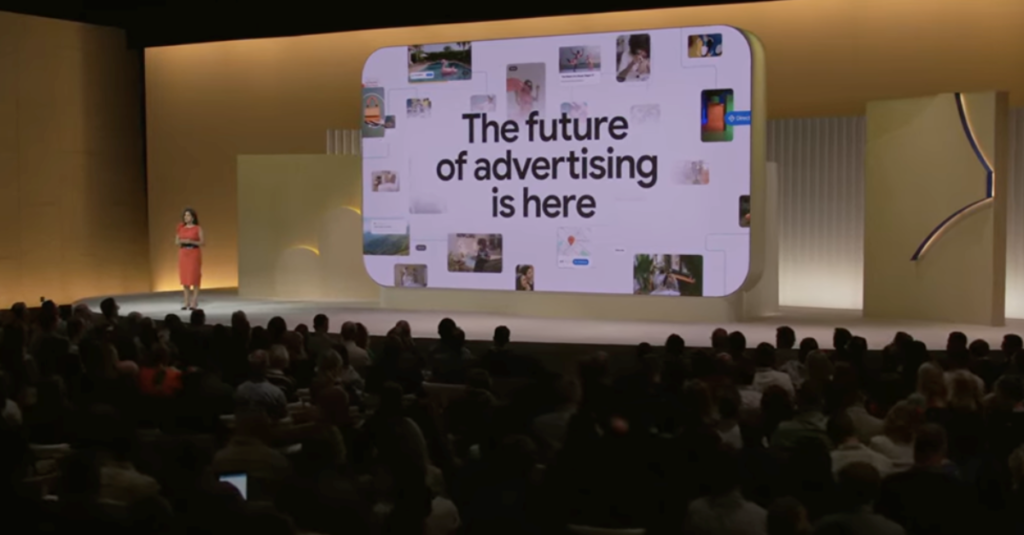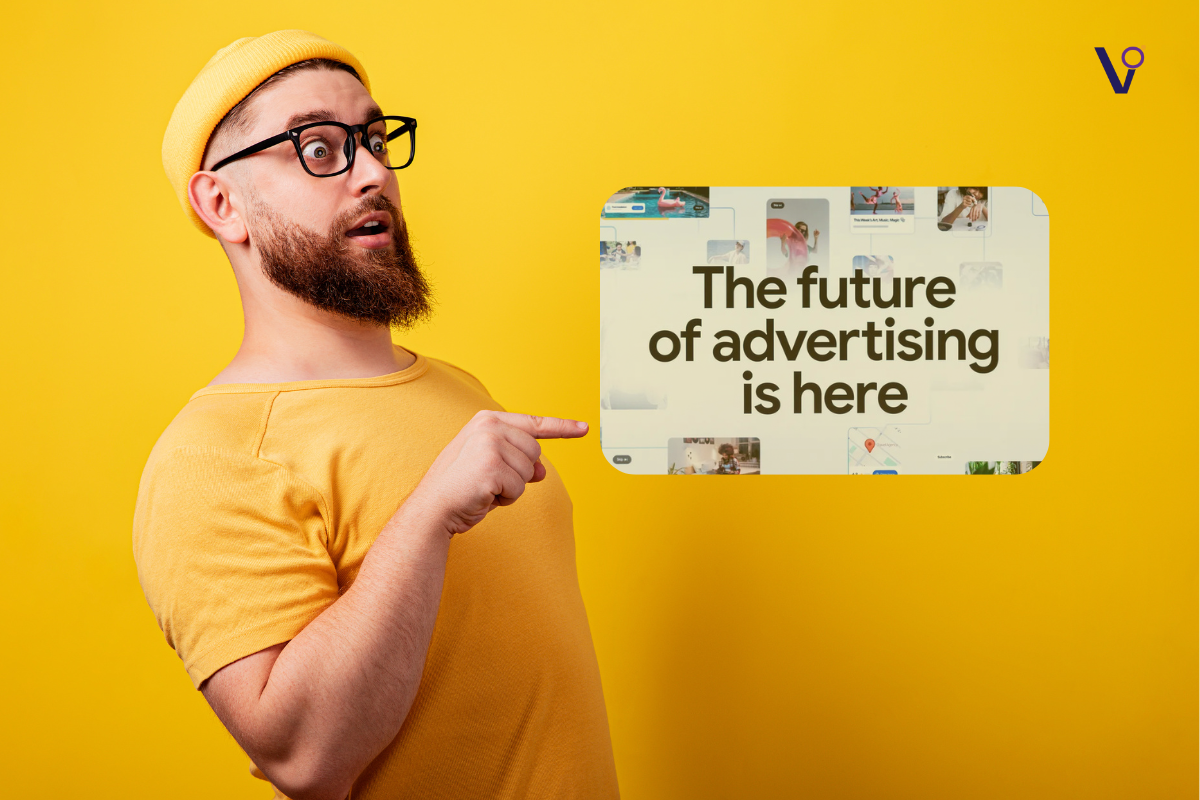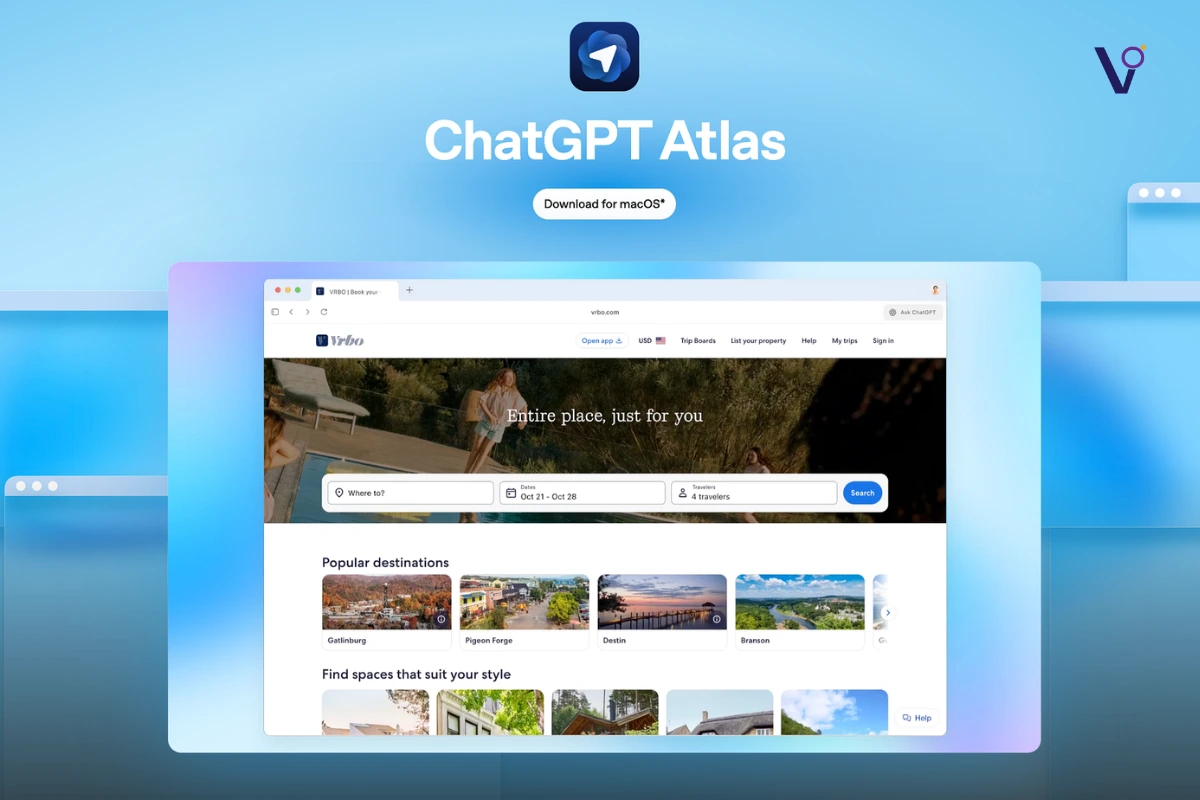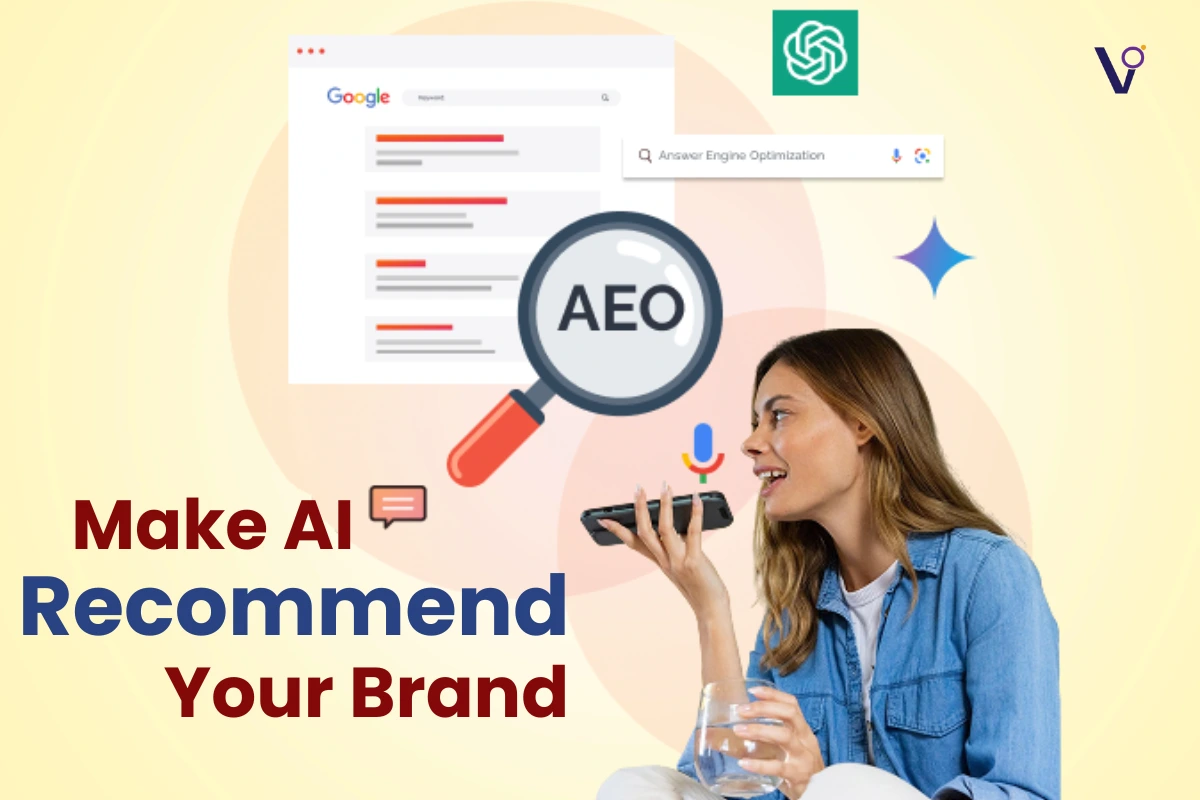At Google Marketing Live 2025, the message was loud and clear. The advertising world is rapidly evolving, and Google’s generative AI tools are right at the heart of it. Today, more than 2 million advertisers are using these tools to create and optimize their ads. That’s a 50 percent increase since last year. If there was ever a sign that AI has gone mainstream in the marketing world, this is it.
These tools aren’t just a flashy trend. They’re delivering results that matter. Advertisers using Performance Max are seeing an average 27 percent increase in conversions or conversion value. And they’re achieving this while keeping their cost per acquisition steady. This isn’t just a win for large enterprises. Small businesses and growing startups are getting in on it too, using tools that are easy to adopt and designed to scale results.
Google Ads

What Google has done well is lower the barrier to entry. Starting a campaign has always involved multiple steps: selecting goals, writing headlines and choosing visuals. Now, all of that is being simplified through AI. Here’s how it works:
- You describe your business in plain language.
- You tell the AI what your goals are.
- The AI generates an entire campaign for you, from ad copy to visuals to suggested formats.
- You don’t need to write everything from scratch. The system takes your website and assets and generates ads based on your objectives.
This approach takes the pressure off small business owners and advertisers who don’t have time to start from zero. Everything is customized and aligned with what they want to achieve.
Gemini Models Powering Smarter Ad Creation
Another leap forward is Google integrating its Gemini models directly into the ad creation process. These models help advertisers not only write better ads but understand what’s working and why.
- Gemini models are built to learn from vast data sets and consumer signals.
- The AI understands what tone works best.
- It helps make sense of what parts of your creative are performing.
You don’t just get a headline. You get a headline that fits your audience and platform.
This isn’t AI as a sidekick. This is AI co-creating with you. It’s rewriting what it means to be creative in digital advertising.
Demand Gen and YouTube
Another huge point was how Demand Gen campaigns are performing across YouTube, Discover, and Gmail. These are places where people spend time exploring and watching, not just searching.
And people are watching YouTube. A lot.
Here’s what stood out:
- More people are coming to YouTube for sports, including live games, highlights, and commentary.
- YouTube is where fans now watch their favorite teams, from basketball to cricket.
- More advertisers are starting to see YouTube as a prime platform to reach these engaged audiences.
It’s not just about being present on YouTube. It’s about how Demand Gen uses AI to place ads in front of people who are most likely to be interested, based on behavior and preferences. That means higher engagement and better ROI.
The Shift to Visual and Video-First Search
Search is evolving. People aren’t just typing anymore, they’re searching with images and video. Google showed how people are using Google Lens and multisearch to get things done more intuitively.
This matters for advertisers. AI is making it easier for ads to fit into this new kind of search experience. Imagine someone pointing their phone at a product and instantly seeing relevant, personalized ads.
Google is tapping into:
- Visual search intent.
- AI-generated product overviews.
- Rich content summaries in search results.
These aren’t static ads. They’re dynamic, responsive, and tuned to what people are actually looking for visually, verbally, and emotionally.
Responsible AI at the Center
Viral Omega values that Google isn’t just going full speed without caution. Throughout the presentation, it was emphasized how responsible AI is guiding these updates.
Everything is grounded in:
- Strong privacy standards.
- Transparency.
- Giving users control over what they see and how ads show up.
This is key. AI can’t just be powerful, it has to be ethical. Google’s messaging made it clear that safety, fairness, and accuracy are just as important as performance.
What This Means for Advertisers Right Now
It’s not just about the future. These tools are available and working today. Marketers can:
- Launch campaigns faster with fewer steps.
- Rely on Gemini AI models for smarter creative.
- Reach audiences where they spend their time, like YouTube Shorts.
- Create ads that respond to how people search in real time.
With over 2 million advertisers now using these tools, it’s not a trend anymore. It’s the standard.
Closing Thoughts from Viral Omega
This isn’t just about Google showcasing new tech. It’s about how marketers are adopting it in real-time, with more than 2 million advertisers now using these tools and about how creative processes are changing. It’s about speed, results, and control achieved by integrating AI.
Google Marketing Live 2025 was a preview of where digital advertising is going. And the destination is clear: more automation, more personalization, and smarter strategies. It’s not about replacing humans with AI. It’s about equipping humans with tools that help them do their job better.
So if you haven’t explored Google’s generative AI tools yet, now is the time. They’re not just for tech giants. They’re for anyone who wants to scale their ad game without losing control over their message. At Viral Omega, we see this shift as the beginning of a more efficient and creative advertising future. We saw it clearly at Google Marketing Live 2025 and if you’re ready to move with that momentum, get in touch. Viral Omega can help you run smarter, AI-powered ads that convert.
Google Ads 2025 introduced Performance Max upgrades, Demand Gen campaigns, AI-generated YouTube Shorts, and smarter search ads, making campaigns more automated, visual, and driven by real-time intent.
Advertising in 2025 is AI-first, with creative automation, personalized content, visual formats, and real-time intent signals reshaping how brands reach and engage consumers efficiently.
Costs depend on bidding strategies, competition, and campaign types. However, AI-powered automation aims to improve performance and reduce wasted spend across platforms like YouTube and Search.



